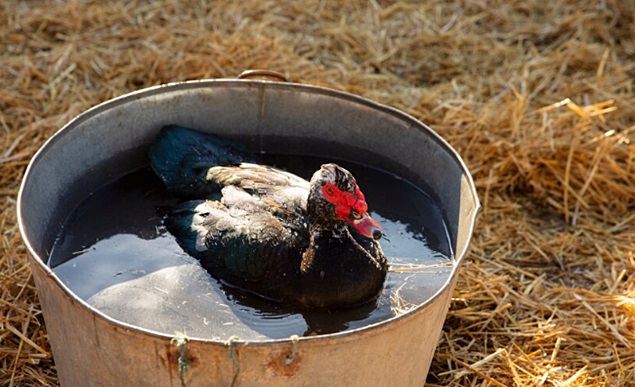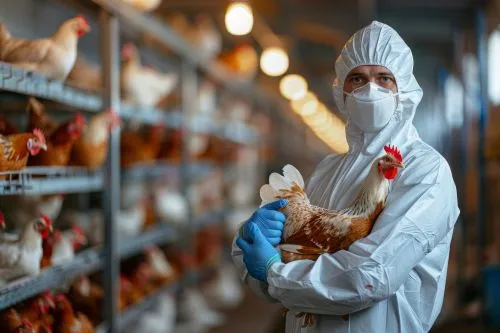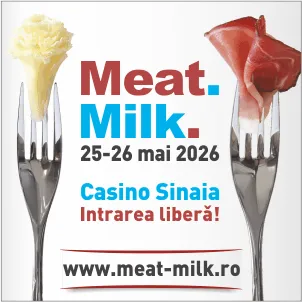869

HEATWAVE ALERT: ANSVSA Urges Animal Owners to Take Protective Measures
In light of the recent warnings issued by the National Meteorological Administration, forecasting extremely high temperatures between 34°C and 40°C in the regions of Banat, Oltenia, Muntenia, southern Moldova, southwestern Transylvania, and most of Dobrogea — along with a heat-humidity index exceeding the critical threshold — the National Sanitary Veterinary and Food Safety Authority (ANSVSA) reminds all animal owners and farmers of their legal obligation to implement essential measures for the protection and welfare of animals.
✅ Guidelines for Farmers and Livestock Keepers
- Provide adequate shelters to protect animals from direct sunlight.
- Ensure animals have sufficient quantities of fresh water and appropriate feed, depending on species, size, and physiological condition.
- Inspect and maintain watering, feeding, and ventilation systems in working condition.
- Have backup equipment available, particularly ventilation systems and electric generators.
- Prohibit the use of draft animals between 12:00–18:00 when the temperature in the shade exceeds 25°C.
- Contact a veterinarian at the first signs of altered health or behavior.
- For animals kept outdoors, provide shaded areas and accessible drinking troughs.
- Where water sources are hard to access, manually supply water regularly.
🏛️ Responsibilities of Local Public Authorities
- Monitor livestock in transhumance and inform owners of weather forecasts.
- Work with farmers to provide solutions for animal waste collection and disposal.
- Identify emergency shelter areas for animal relocation in extreme situations.
🐾 For Pet Owners
- Pets kept outdoors must have shade and access to drinking water.
- Never leave pets inside parked vehicles without ventilation in high heat conditions.
🐎 For Equine Owners
- Horses and ponies kept outdoors during the day must have access to shade, clean water, and appropriate feed.
🚚 For Animal Transport Operators
- It is strictly prohibited to transport animals in conditions that may cause harm or undue suffering.
- Check microclimate conditions inside transport vehicles before loading animals.
- Reduce animal loading density by at least 25% in high temperatures (depending on species, size, and condition).
- Prepare emergency contingency plans in case of transport delays.
- For journeys exceeding 8 hours, vehicles must be equipped with ventilation systems that ensure optimal temperature throughout the trip.
💧 Importance of Access to Drinking Water
Dehydration is the greatest threat to animals during heatwaves. Young animals, those in lactation, and those on dry feed are especially vulnerable.
🔹 Recommended Daily Water Intake (approximate):
Animal
Water (liters/day)
Dairy cows
38–52
Cattle
38
Horses
20–45
Pigs
4–11.5
Sheep
6
Poultry
0.5
Note: These values may vary depending on breed, age, ambient temperature, and humidity.
⚠️ Legal and Moral Responsibility
All animal owners are legally required to take all necessary steps to ensure animal welfare, in accordance with existing legislation.
ANSVSA actively monitors compliance and emphasizes that animal protection is a legal and moral duty for every owner.





